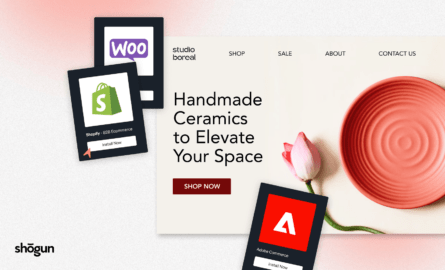What You Need to Know About Building a Custom Shopify Theme (and Whether You Should…)
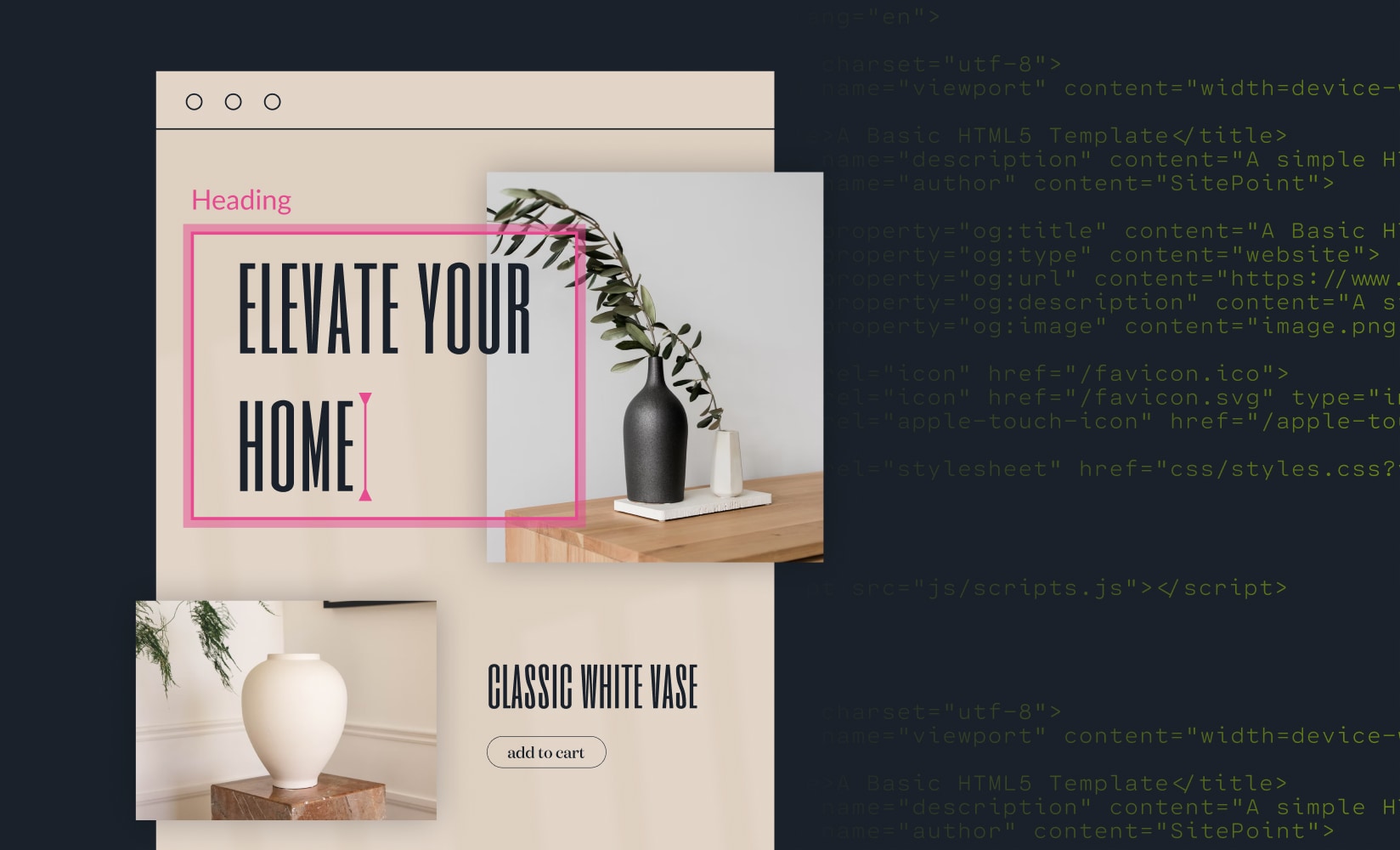
Think back to when you first started your Shopify store. How much has changed?
We’re betting everything’s different now!
Your product catalog, variations, number of reviews, locations you sell in, and customer base all become more complex as you scale. And scaling brands typically begin to outgrow standard Shopify templates as they begin to have more complex merchandising needs.
When this happens, store owners start to consider building custom Shopify themes as a way to break through creative limits. The only problem: If you’re a rapidly scaling online-first brand, building your own custom theme isn’t your top priority. Neither is dropping thousands of dollars on a new, custom theme if there will be remaining issues or odd workarounds.
It needs to be clear that creating a custom Shopify theme from scratch is more than a nice-to-have before you invest thousands of dollars.
What’s more, an entirely custom Shopify thememight not even be your best or only option as you scale. It really depends on the problems you’re trying to solve.
Below we’ll walk through the complexities and drawbacks of building a custom Shopify theme from scratch, and why it’s not a great idea if you’re experiencing certain growing pains at a larger size or revenue band.
What is custom Shopify theme development?
A custom Shopify theme is a personalized website design used on websites powered by the ecommerce platform. It’s tailored to your brand—from custom imagery, right through to custom code that displays product reviews to match your brand style.
While the Shopify Theme store has 100+ plug-and-play templates to get started, for a direct-to-consumer brand, shopper experience is everything. A templated experience becomes cookie-cutter or too limited when you’re bound to the one-size-fits-all code of a premade theme.
Top questions about Shopify theme development
Before we dive into the pros and cons of developing your own Shopify theme (it can still be a great option for some merchants), let’s take a look at some FAQs on the topic.
How much does a custom Shopify theme cost?
“How long is a piece of string?” comes to mind here. The price range for custom Shopify themes vary dramatically depending on:
- The experience level of your designer/developer.
- Whether they specialize in the Shopify programming language, Liquid.
- The extent of your design change from current state.
- The size of your site or how many unique templates are required. The more pages to custom code, the more your tailored Shopify theme will cost.
As a rough guide, you can expect to pay a minimum of $2,000 when buying a custom Shopify theme—though quality development for larger stores can be upwards of $10,000.
“We've spent five figures on custom design and development, with much more planned spending to come in 2022. All of our website investments are ROI positive, as they drive more traffic to the site which leads to more revenue.” — Calloway Cook, president of Illuminate Labs
How long does it take to build a custom Shopify theme?
Unlike premade templates, building a custom Shopify theme from scratch is a lengthy process. Experts say that ecommerce theme development can take at least 350 hoursminimum.
Development teams need to get their ducks in a row and prepare a theme that works for your business, so expect to spend a lot of time completing intake forms and explaining your vision.
From that point to a fully functional theme uploaded to your site, expect a two to six month timeline.
#cta-visual-fe#<cta-title>Want the best-looking store with speed?<cta-title>Shogun Frontend can help you get both—no compromises. Learn more
Is dev support needed for ongoing maintenance?
As much as it’s preferable to prevent it, issues with your custom Shopify theme are inevitable. Your team can accidentally delete a theme file, custom code develops bugs, new site add-ons require more code…the list goes on.
Once a developer has made your custom theme, it’s sensible to keep them on for a few months at minimum on retainer. You’ll have ongoing support to iron out any teething issues once website visitors start using it.
From there, dev support doesn’t have to be a full-time job. Some personalized theme developers (and most agencies) offer maintenance packages that scale as your business does.
What are the custom Shopify theme limitations?
The biggest limitation to developing a custom theme is finding a Shopify expert with knowledge of its programming language, Liquid.
“When choosing a theme designer, make sure that they can understand and update the existing code in the theme,” says Adrian Sana, Web Developer at ExaWeb, “They must be familiar with HTML, CSS, JavaScript, JSON, and Shopify Liquid since all the designs in Shopify are created using these programming languages.”
#cta-paragraph-fe#Read more on How to Edit Shopify CSS to Customize Your Store
Another potential downside to a custom Shopify theme is its content management ongoing. That is—you’ll often have a part of the site controlled by the custom theme, and other parts of the site controlled by (often) a Page Building app. This makes it challenging to have just one, cohesive content management system or experience to power the functionality of the store.
The custom site can end up feeling piecemeal to your ecommerce team when non-technical team members need to make ongoing changes.
Are custom Shopify themes worth it?
There’s a lot at stake when designing your online store. Studies show that 94% of peoplemistrust a website because of poor web design. And you’ve got just 0.05 seconds before first-time visitors form an opinion.
Many small business owners start with a free theme to test their product idea in the early stages. Once their concept is proven, some reinvest profits into a premium—but still premade—theme with advanced functionality and better design.
Scale beyond a certain point and a custom Shopify theme is seen as the next step. For some brands, it’s worth the investment. Although, others find comparable results—and solve for similar pains—with an alternative like Shogun Frontend and headless commerce (more on this later.)
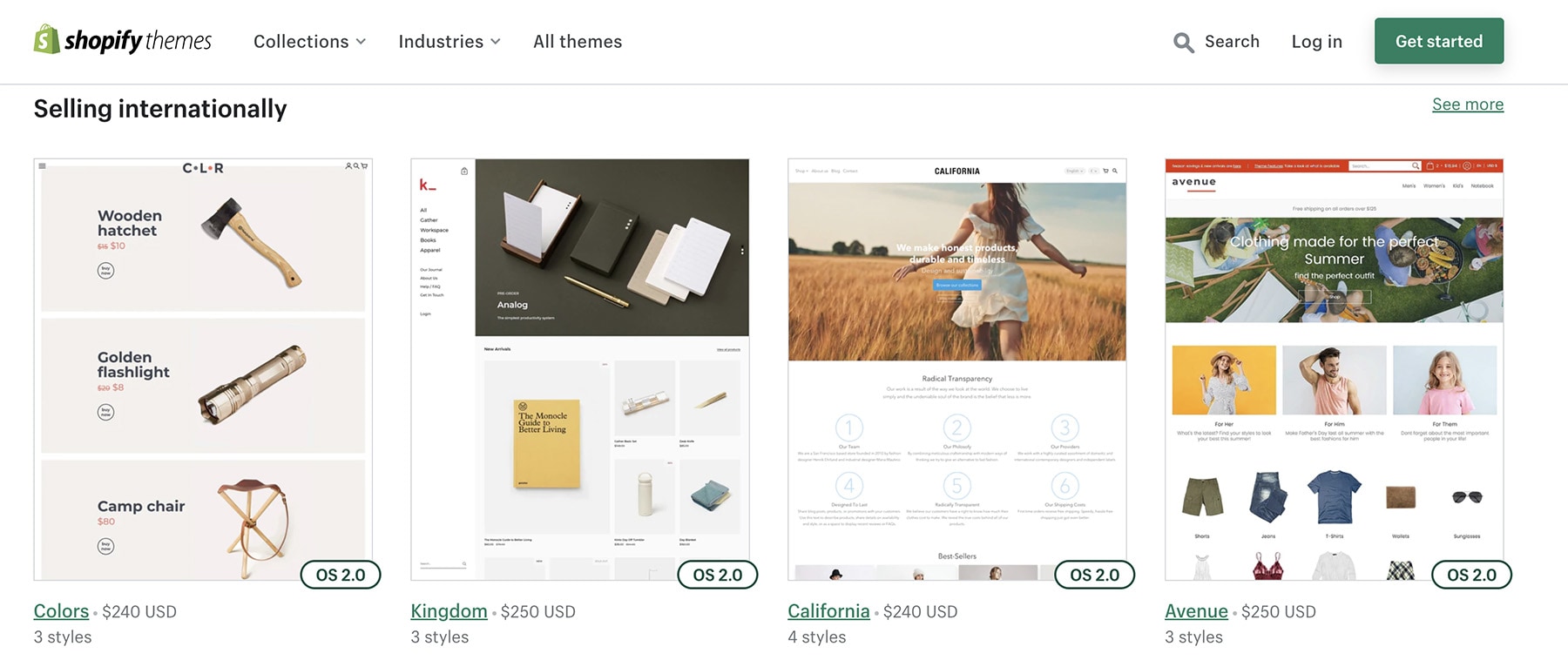
The advantages of custom Shopify theme development
Now that we know the process and costs of custom theme development, here are some points in favor of investing in a personalized theme for your Shopify website:
Control over your site’s appearance
What your brand ultimately wants is creative freedom to make your site what you need it to be. Modern shoppers want exceptional experiences—from dynamic, rich merchandising to high-quality brand visuals.
Want to add new, dynamic shopping features to your store? Shopify has apps to do this, though many of which have limited web design options. Custom theme development gives you more creative freedom over how your store looks.
Throughout the custom development process, you’ll be able to scope rich merchandising into your store. You can add parallax scroll, background videos, gifs and more. All additive, and all in support of driving conversions.
Read more: 35 Top Shopify Stores to Imitate to Drive Up Sales & Customer Happiness

Differentiation
Since pre-made Shopify themes are the first port of call for businesses that are just starting out, you’ll find a lot of other ecommerce stores using the same theme. This makes it hard to differentiate—especially if direct competitors are also using prebuilt themes.
A custom theme, on the other hand, is built solely for your Shopify store. Nobody has the same design as you, making differentiation a guaranteed byproduct of custom development.
“In ecommerce, standing out can be a real struggle in an oversaturated market, especially considering how many millions of online stores use Shopify as their sales platform. We believed that a custom theme would help us to differentiate from the competition.” —Stephen Light, co-owner and CMO at Nolah Mattress
Improve customer experience
Modern customers have a long list of expectations when buying products online. The most fundamental? A pleasant experience.
Some 88% of peopleare unlikely to return to a website after one bad experience with it. You risk losing out on the opportunity to impress potential customers with your products if they’re leaving the site before giving a second thought.
Growbuds is one ecommerce brand that invested in a custom theme to improve the customer experience. Its co-founder and COO, Samuel Belanger, says the personalized theme “allowed us to provide a dedicated user experience to our customers”…
“The most important reason for us was the ability to integrate specific features that we needed—such as a custom checkout, product page, [and] collection[s] that we could pick and choose from other high converting ecommerce examples.”
The disadvantages of custom Shopify theme development
Despite the advantages of investing in a custom Shopify theme, it’s not the best choice for every ecommerce website. Let’s explore the potential downsides of custom theme development.
Lengthy development times
There’s a lot involved with making a Shopify theme from scratch. So, it makes sense that the time it takes to plan, code, and design a custom theme is lengthy. It’s not rare to wait six months for your first look at the new theme with your development partner.
The truth is: not all brands have the luxury of development time. No thanks to Amazon, we’re already in a world where customers want products they’ve ordered online delivered yesterday.
So time-to-value and potential scope creep is something to consider when you choose to go the custom Shopify development route and whether the conversions you’re potentially going to see with the new theme outweigh the time spent making the transition.
It’s expensive
There’s a big price difference between an off-the-shelf Shopify theme and one that’s built specifically for your ecommerce brand.
You can find free themes in the Shopify Theme store. And paid options, including multipurpose Shopify themes with greater flexibility start at $200.
Development costs for a custom theme, on the other hand, start at $2,000—and that’s a conservative estimate. Prices increase with complexity, design skill, and functionality. Do the math on whether this is a smart investment to make during a season of scale.
As Patrick Coddou, CEO at Supply, found, using a Shopify theme (instead of custom) was actually the best option for their business—aligned to the size and needs of their store:
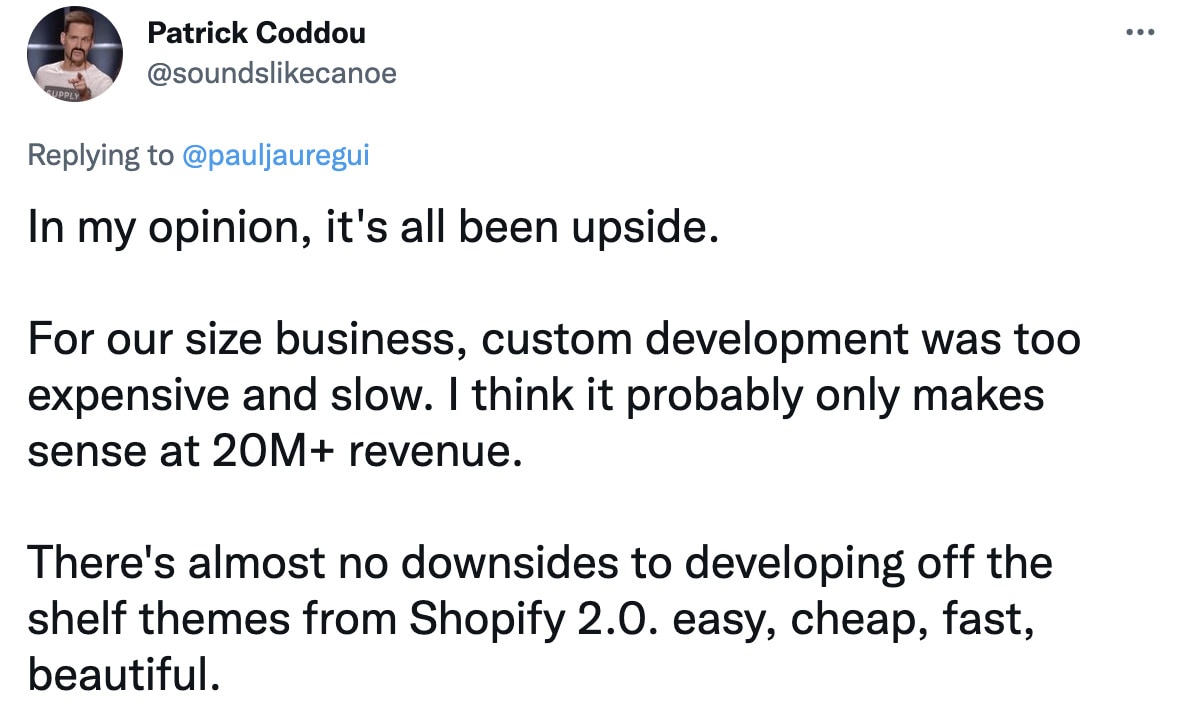
Your revenue growth will often factor into what option is best for you and what you should opt for at a given time.
Slow site loading speeds
Fast site speed is critical for any ecommerce site. The likelihood of someone viewing a product on your online shop, adding it to their cart, and purchasing depends largely on how fast they can access it. Just a one-second delay in page load speedcan impact your conversions by 20%.
Custom Shopify theme development is often seen as having a positive impact on site speed, though that’s not always the case.
Excess code, a bloated media library, unoptimized code and images, as well as a tangle of click-to-install integrations all negatively impact page load. Hire a developer to make a custom Shopify code with these elements and you may wave goodbye to lightning fast page speed…and revenue in the process.
#cta-paragraph-fe#Ultimately, a custom Shopify theme may still require tradeoffs when it comes to the heavy imagery and speed/performance. You’ll often still need to make ongoing compromises on the experience you can build and how fast your site will run.
#cta-visual-fe#<cta-title>Create an Ecommerce Experience That’s Lightning-fast<cta-title>Shogun Frontend gets you creativity and fast site load via headless commerce. Learn more
Will a custom Shopify theme be worth it?…It Depends.
If you want to create a specific site look that differentiates your brand, plus implements some slick interactions to facilitate more conversions, a custom theme can be great. Though:
- It may be tricky to determine how long your project will span, and
- You may need maintenance each time your team wants to add more dynamic shopping features.
- Plus even after going custom, you may not gain full design control your ecomm team can implement independently (you’re not changing the CMS).
For pains like vastly improving site speed or visual merchandising options, or even internationalization (multi-site and multi-currency), you may find a custom theme will still leave you in a similar spot to where you started—that is, limited.
An alternative to custom Shopify themes: headless commerce
As we’ve covered: a premade Shopify theme doesn’t have the flexibility nor wow-factor, yet a custom theme is often too expensive and may not solve for the pain points you’d hoped. What gives?
Another (and possibly better) option is to create a flexible frontend for your ecommerce site. This can be doneusing a headless frontend platform like Shogun Frontend.
As many forward-thinking merchants are discovering, separating your frontend from the backend via headless commerce can get you all the creative freedom you’re hoping for with a custom theme.
By taking your Shopify store headless with a flexible frontend you create—custom to your vision—you:
- Unlock total design freedom,
- Get sub-second load times (to convert!), and
- Can enable your entire, non-technical ecommerce team to make changes fast with reusable content sections
Scale as your business does
Scaling a business comes with growing pains like plateauing store growth, a growing catalog to merchandise effectively, and a need for speed. While a headless architecture can free you up, it often depends on how you go about implementing it.
“With Shogun Frontend, you can concentrate on pushing your business forward without worrying about the back office of your site.” —Bill Maroulis, Operations and Marketing Manager at Undersun Fitness
One big consideration for brands is whether something like a custom Shopify theme, or even going headless, is too large an undertaking for their stage of growth.
You want the benefits, sure, but as an ecommerce operation—you’re not in the business of designing custom themes, or for that matter building out software for your frontend presentation layer.
Which is why going headless using a unified frontend platform can be the most efficient choice.
With a headless frontend platform, you still get all the best-in-breed software for taking your site headless—only the implementation isn’t concerned with piecing everything together. The overall technical oversight is vastly reduced for your business and you can focus on the customer experience instead.
Further, post-implementation, should you need to make edits, reusable codeless content sections help you make site-wide changes without tedious page-by-page alterations. If you’re editing the design of collection pages, for example, use the CMS to make changes across every existing page on your site.
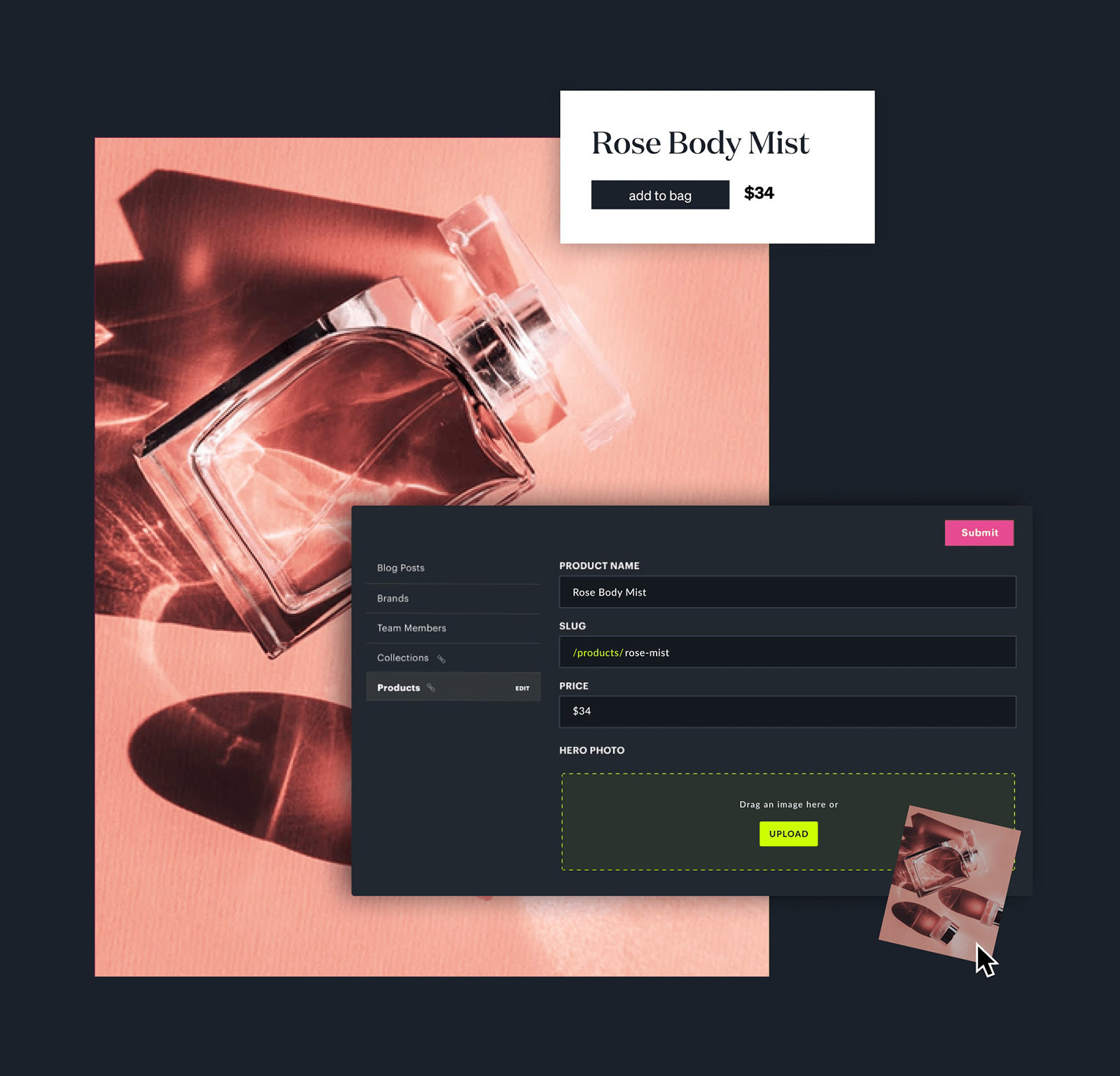
Shogun Frontend’s Experience Manager gives you a true view of the website experience you’re building. Implement your custom Shopify design, and get full control of it.
Built with page speed and SEO in mind
Even if a fancy new Custom Shopify theme is great at the beginning, once you start adding all the third-party apps and rich visual videos and imagery, your store can easily become slow again because the fundamental ecommerce tech (Liquid code) is different than a progressive web app (PWA) and not as performant.
No matter the theme, a Shopify site reloads on every click (unlike a PWA that loads entirely differently and boosts page speed tremendously).
With paid ad traffic becoming increasingly expensive, you need to increase all traffic’s likelihood to convert. Without sub-second load times in your store, you risk your paid ads becoming extra expensive (not to mention your stores’ SEO will suffer). You can’t afford to be paying extra for bounces due to a sluggish site.
Unlike many custom themes, Shogun Frontend is built with conversion in mind. It’s powered by progressive web application (PWA) technology, meaning your new Shopify store will function similarly to a native mobile app.
Combined with built-in image optimization to compress large files, and lazy-loading capability to display image files only when required. You’ll display your site to first-time visitors at sub-second speeds.
“We [took] our existing Shopify store headless with Shogun and it’s been a game changer…we saw a 579% increase in active product refill subscriptions, a 30.1% increase in average order value year over year, and an 83% decrease in page-to-page load time. No other changes we’ve made have even come close to that kind of impact.” —Josh Nash, CMO at OneBlade
Page speed aside, you also get complete control over the site’s HTML, so you can easily optimize key SEO elements—like page titles, open graph meta tags, and image alt text—without developer help. Stand a better chance at meeting the 48% of shoppers who begin a new product search through a search engine.
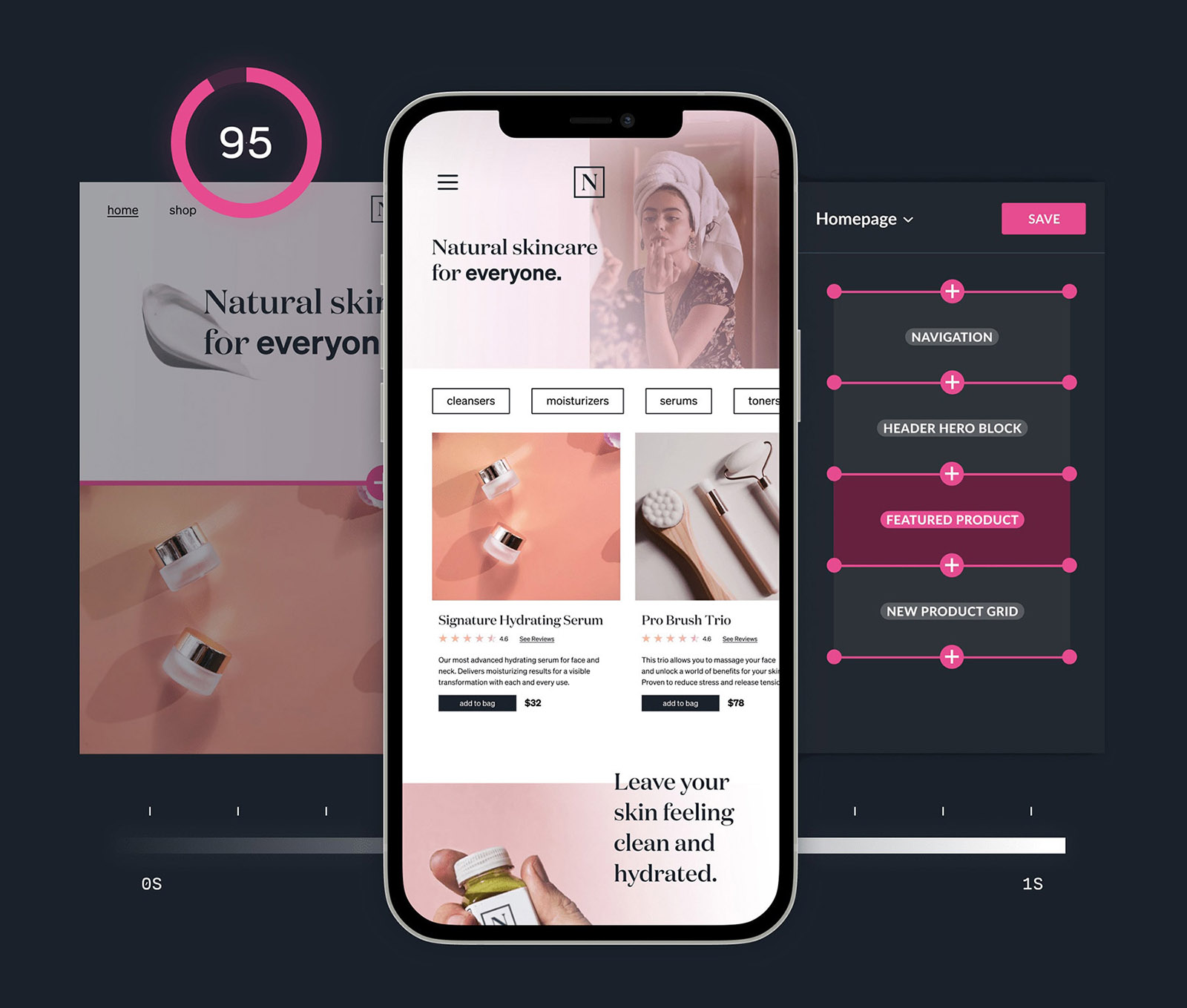
Get your new frontend up and running, faster
Want to get your new custom Shopify up and converting quickly? Save time and produce a minimum viable website with Shogun Frontend’s Starter Kit. It includes pre-made, customizable templated sections to launch your new custom site in the fraction of the time. Plus, our implementations team is there to help you every step of the way.
Get the flexibility your store needs with Shogun Frontend
A quality Shopify store theme should be high on the priority list for any ecommerce store. While free and custom Shopify themes are good options for small to midsize businesses, they do have their downsides. (Namely expensive development fees and inability to scale.)
If you’re looking for a better option it might be time to consider going headless. You can save time creating a custom Shopify store that customers love, so you can capture sales now.
#cta-visual-fe#<cta-title>Create an Ecommerce Experience That’s Lightning-fast<cta-title>Shogun Frontend gets you creativity and fast site load via headless commerce. Learn more

Elise Dopson
Elise Dopson is a freelance writer for B2B commerce and martech companies. When she's not writing, you'll find her in the Peak Freelance community or on Twitter.


